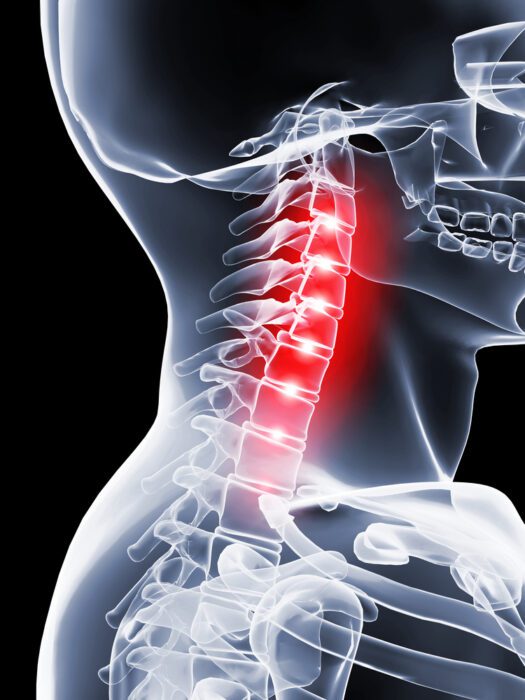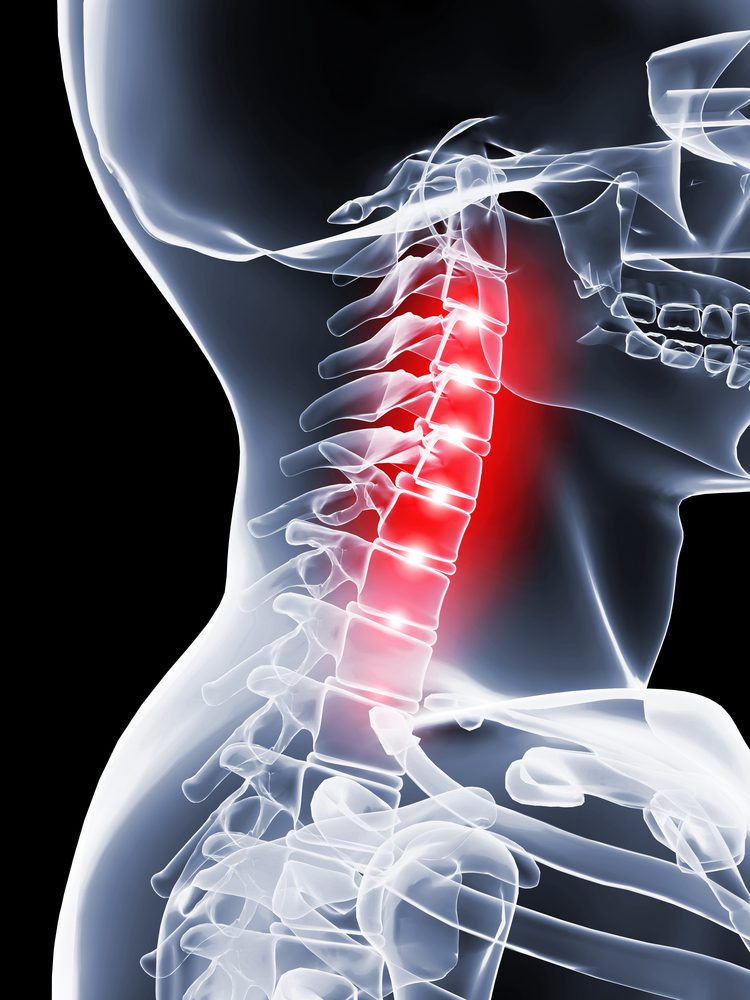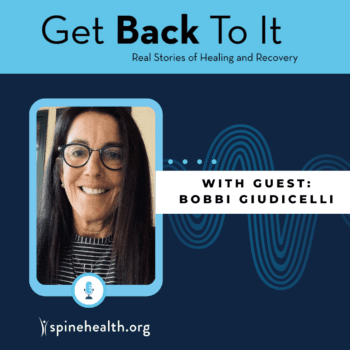Bone Putty
The aim of this trial is to evaluate P-15 bone putty in comparison to local autologous bone graft in effectiveness and safety when applied in cervical fusion surgery.
Introduction
To help with fusion of the vertebrae during the healing process after spinal fusion surgery, surgeons typically place the patient’s own ground bone (called an autograft) between the vertebrae. To use an autograft, the surgeon will harvest, or retrieve, bone tissue from the patient, which lowers the risk of the patient’s body rejecting the tissue. An alternative bone substitute is the P-15 bone putty, which promotes bone fusion while avoiding the morbidity* associated with harvesting the autograft material.
The Spinal Research Foundation considered the effect of using P-15 bone putty in anterior cervical fusion surgeries as part of a nationwide clinical trial. The study was concluded in the spring of 2014, and there are yet no published results from this study.
*Morbidity here means the potential consequences that can result from the harvesting of the autograft. Undesirable side effects can include chronic pain at the site, scarring, bleeding, and infection.
Summary of P-15 Bone Putty in Anterior Cervical Fusion
Degenerative disc disease in the neck (cervical spine) can lead to pain and spine instability. One treatment is anterior surgery to remove the damaged disc and fuse the adjacent vertebrae. This treated area is supported by instrumentation, such as an allograft ring. This ring is placed in the disc space, and it holds material that can help promote bone fusion. Generally the allograft ring is filled with autologous bone tissue, or bone tissue that was harvested from the patient.
A potential alternative to this intervention is the use of P-15 bone putty in the allograft ring. P-15 bone putty promotes bone formation, and this treatment allows the patients to avoid having to have autograft material harvested. The putty promotes predictable bone formation, which is important to have for a safe and successful bone fusion. In addition, the P-15 bone putty has been proven to be as effective as an autograft in promoting bone fusion in previous studies. The P-15 bone putty has already been approved by the FDA and has been used in dental bone repair surgeries for over six years, with no specific risks yet observed.
The Spinal Research Foundation was part of a clinical trial that evaluated the use of bone putty in anterior cervical fusion surgeries. The study was concluded in spring of 2014, and the work is being done to submit the results to the FDA. After that process is completed, definitive results may be published on the effect of using P-15 bone putty in cervical fusion surgeries.




